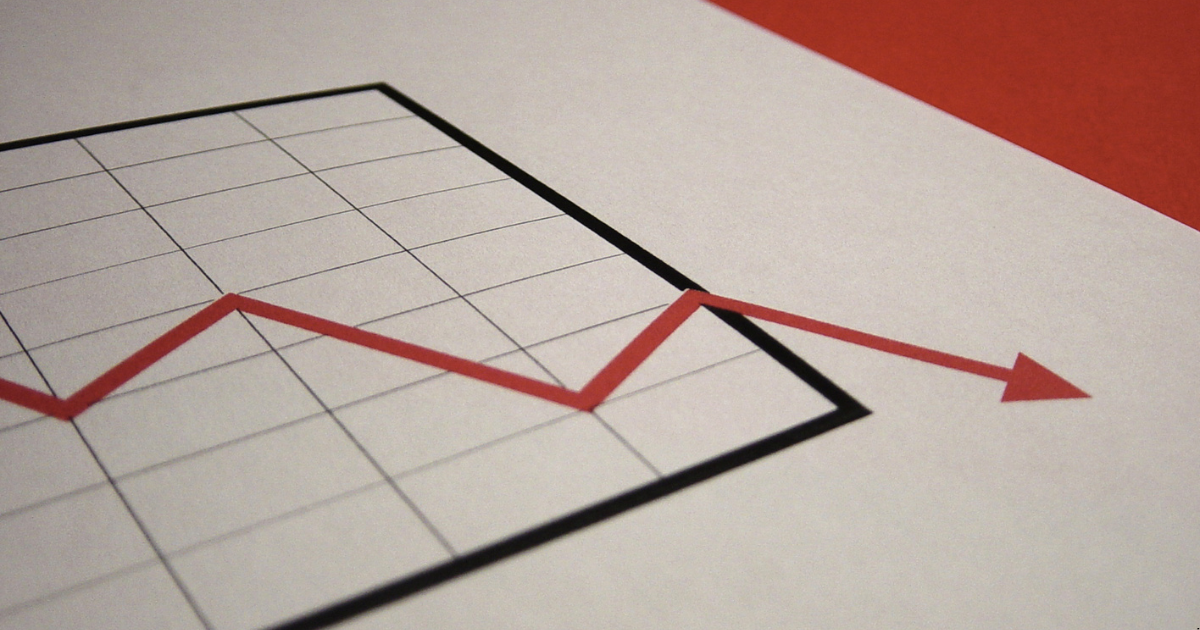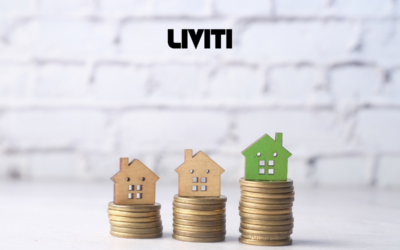Negative gearing, right? Sounds like you are driving in reverse gear and hoping you end up ahead; just don’t forget to check the rearview on your finances!
This article aims to explain negative gearing in simple terms and explore its implications for property investors in Australia.

Negative Gearing Explained
What is Negative Gearing in Australia?
Negative gearing generally means that when you own a rental property, the cost to own the investment property each year is more than the income or revenue you make from renting it out. This loss can be used to lower the amount of tax you pay on your other income, like your salary.
Negative gearing occurs when an investor borrows money to purchase a property, and the expenses associated with that property — such as interest on property mortgage, maintenance costs, and property management fees are greater than the rental income received from the property. Essentially, the investor is operating at a loss.
Suppose for example, think yourself as a property investor and you are looking for investing in properties from where you can generate rental income. If you buy a property in Sydney or a property in Melborne for AUD $700,000 and incur annual costs of AUD $30,000 while earning only AUD $25,000 in rent, then you have a net rental loss of AUD $5,000.
This loss can then be offset against your other taxable income, reducing your overall tax burden.

How Does Negative Gearing Work?
Under Australian tax law, property investors can claim deductions for various expenses related to their investment properties. This includes:
- Interest on mortgage repayments
- Property management fees
- Repairs and maintenance costs
- Council rates and land tax
Negative gearing happens when the expenses of owning a rental property are higher than the money you make from renting it out each year. This means you have a loss that you can use to reduce your taxable income, like your salary or wages. This can help you save on taxes.
By deducting these expenses from their taxable income, investors can lower their tax liability. This makes negative gearing an appealing option for many Australians looking to invest in real estate.
The Impact of Negative Gearing on Property Investment
Pros of Negative Gearing
- Tax Benefits: One of the main advantages of negative gearing is the ability to reduce taxable income through deductions. This can lead to significant tax savings for property investors.
- Potential for Capital Growth: Investors often rely on capital growth—the increase in property value over time—to make a profit when they eventually sell the property. Even if they experience short-term losses due to negative gearing, the long-term appreciation of the property can result in substantial profits.
- Increased Rental Supply: By encouraging investment in residential properties, negative gearing helps maintain a supply of rental homes. This is crucial in areas where housing demand exceeds supply.
Cons of Negative Gearing
- Initial Financial Losses: Investors may face significant financial losses during the early years of owning a negatively geared property. These losses can strain personal finances and limit the ability to invest in additional properties.
- Market Dependency: The success of negative gearing heavily relies on market conditions. If property values stagnate or decline, investors may find themselves unable to sell at a profit or may even incur losses.
- Impact on Housing Affordability: Critics argue that negative gearing contributes to rising property prices, making it more difficult for first-time buyers to enter the market. By allowing investors to claim tax deductions on losses, it may inadvertently inflate demand for properties.

In recent years, there has been ongoing debate about whether to reform or abolish negative gearing altogether. Proponents of change argue that it could help improve housing affordability by reducing demand from investors and allowing first-time buyers better access to the market.However, opponents warn that removing negative gearing could lead to higher rents and a decrease in rental supply.
According to research from the Real Estate Institute of Queensland (REIQ), significant changes could result in up to a 4% drop in home prices but also potentially increase rents by around 3.6% due to reduced investor activity.
Read more about The Best 7 Cities to Invest in Australia
Conclusion
Negative gearing is a complex but important aspect of property investment in Australia. While it offers potential tax benefits and opportunities for capital growth, it also comes with risks and challenges that investors must consider carefully.




